Why curbing methane emissions is tricky in fight against climate change
Tackling the second most significant contributor to global warming could have an immediate impact

Marks and Spencer is to invest £1 million on a diet plan for dairy cows in the latest bid by big business to curb methane emissions.
The retailer is aiming to "slash" up to 11,000 tons of greenhouse gas emissions annually by making the burps and farts of its 40 herds of pasture-grazed milk cows "more eco-friendly", said the Daily Mail. M&S claims that switching them to a diet derived from mineral salts and a by-product of fermented corn will reduce methane production during digestion, cutting the carbon footprint of the cows' milk by 8.4%.
How much damage does methane cause?
Aside from carbon dioxide, methane is the "most significant" contributor to climate change, said New Scientist. Methane occurs naturally but is also caused by humans, most commonly during fossil fuel production, "due to leaks from wells, coal mines, pipelines and ships".
The Week
Escape your echo chamber. Get the facts behind the news, plus analysis from multiple perspectives.

Sign up for The Week's Free Newsletters
From our morning news briefing to a weekly Good News Newsletter, get the best of The Week delivered directly to your inbox.
From our morning news briefing to a weekly Good News Newsletter, get the best of The Week delivered directly to your inbox.
Landfills are also a significant contributor, because of methane released by decomposing food waste, but the second biggest emitter is through the burping and defecation of livestock. With "around 1.5 billion cows on the planet being raised as livestock", said Vox, the production of meat and dairy is a "climate problem we've struggled to solve".
Methane is responsible for "about a quarter of overall warming", said New Scientist. Although it does not stay in the atmosphere for anywhere near as long as carbon dioxide, methane is "around 30 times more potent than CO2" – and there has been a "steady rise" in methane emissions for almost two decades. The long-lasting effects of CO2 will "increasingly dominate over time", but tackling non-CO2 gases such as methane will bring a "significant near-term effect".
How is it being combatted?
Given that methane only lasts in the atmosphere for around 12 years, many see it "as low-hanging fruit for climate solutions", said The Associated Press (AP). At the UN's Cop26 climate summit, in 2021, a "global methane pledge" was launched to combat rising emissions. Yet while 155 countries have signed up, the pledge does not include an agriculture target and little improvement has been made.
At last year's Cop28, further plans were announced to try to reduce methane emissions by 30% before 2030, with more than $1 billion in extra funding and reduction commitments by leading methane producers.
A free daily email with the biggest news stories of the day – and the best features from TheWeek.com
But some countries, notably India, have yet to commit to any such pledges. India is the "world's largest milk producer", said AP, and is home to around 303 million bovine cattle that are responsible for around 48% of all of the country's methane emissions.
There are some promising practices that could help stem the flow of agricultural methane, including "new breeding and feeding techniques", said the BBC. But it is human diets, and the consumption of meat and dairy, that are the "ultimate blind spot holding up methane reduction".
What next?
An independent monitoring business is using satellites to determine the amount of methane in the Earth's atmosphere and where the biggest emissions are coming from, with a primary focus on leaks from oil and gas fields.
The data collected is being fed back to "scientists, policymakers, industry and the public", said Gina McCarthy in The Guardian, and demonstrates how "collective efforts" could help "avoid the worst impacts of the climate crisis". What has become clear is that cutting methane levels "is the most efficient way to slow global warming in our lifetimes", and that "we have the chance – and the obligation – to do so".
Richard Windsor is a freelance writer for The Week Digital. He began his journalism career writing about politics and sport while studying at the University of Southampton. He then worked across various football publications before specialising in cycling for almost nine years, covering major races including the Tour de France and interviewing some of the sport’s top riders. He led Cycling Weekly’s digital platforms as editor for seven of those years, helping to transform the publication into the UK’s largest cycling website. He now works as a freelance writer, editor and consultant.
-
 Would Europe defend Greenland from US aggression?
Would Europe defend Greenland from US aggression?Today’s Big Question ‘Mildness’ of EU pushback against Trump provocation ‘illustrates the bind Europe finds itself in’
-
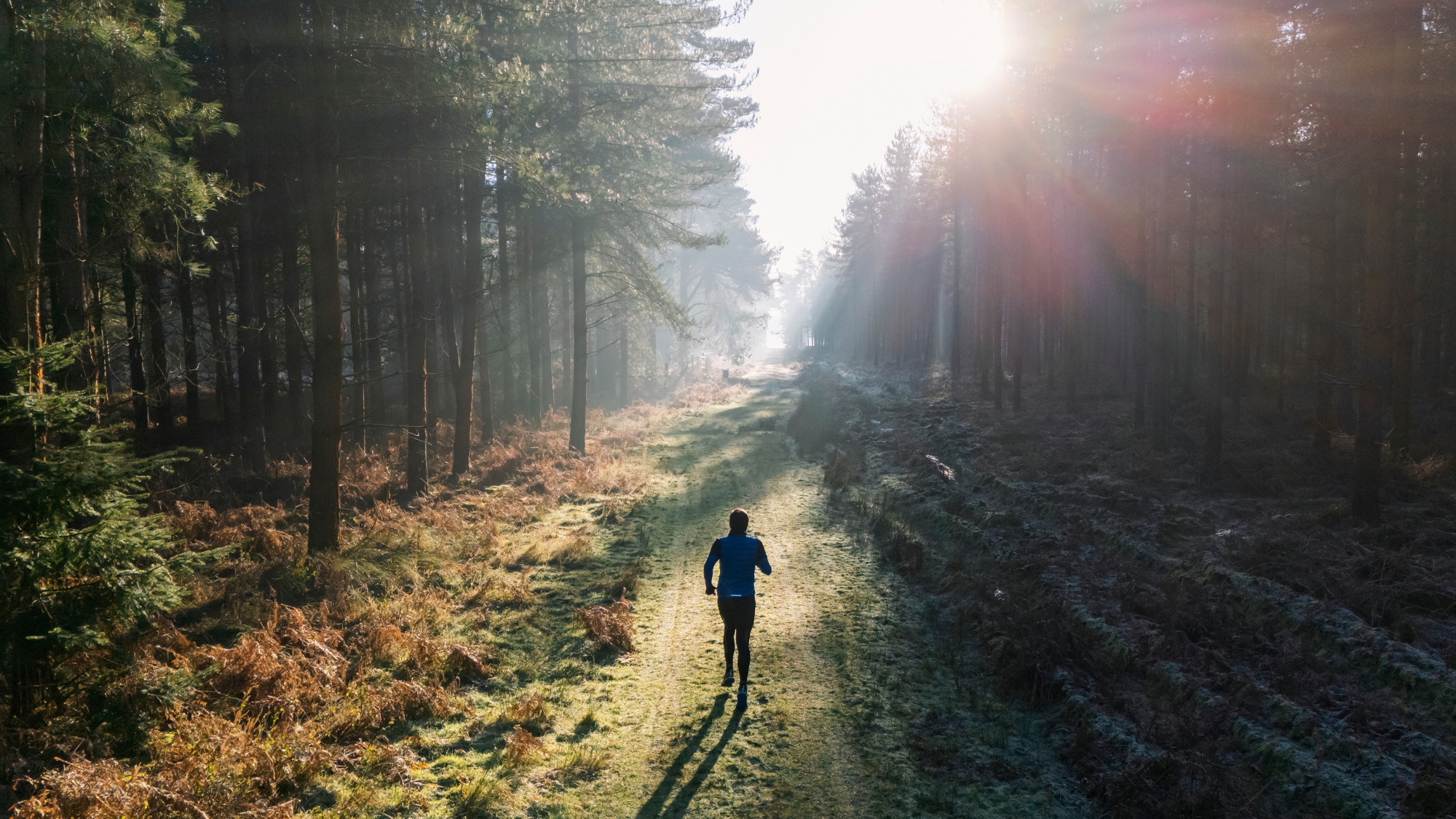 The rise of runcations
The rise of runcationsThe Week Recommends Lace up your running shoes and hit the trails on your next holiday
-
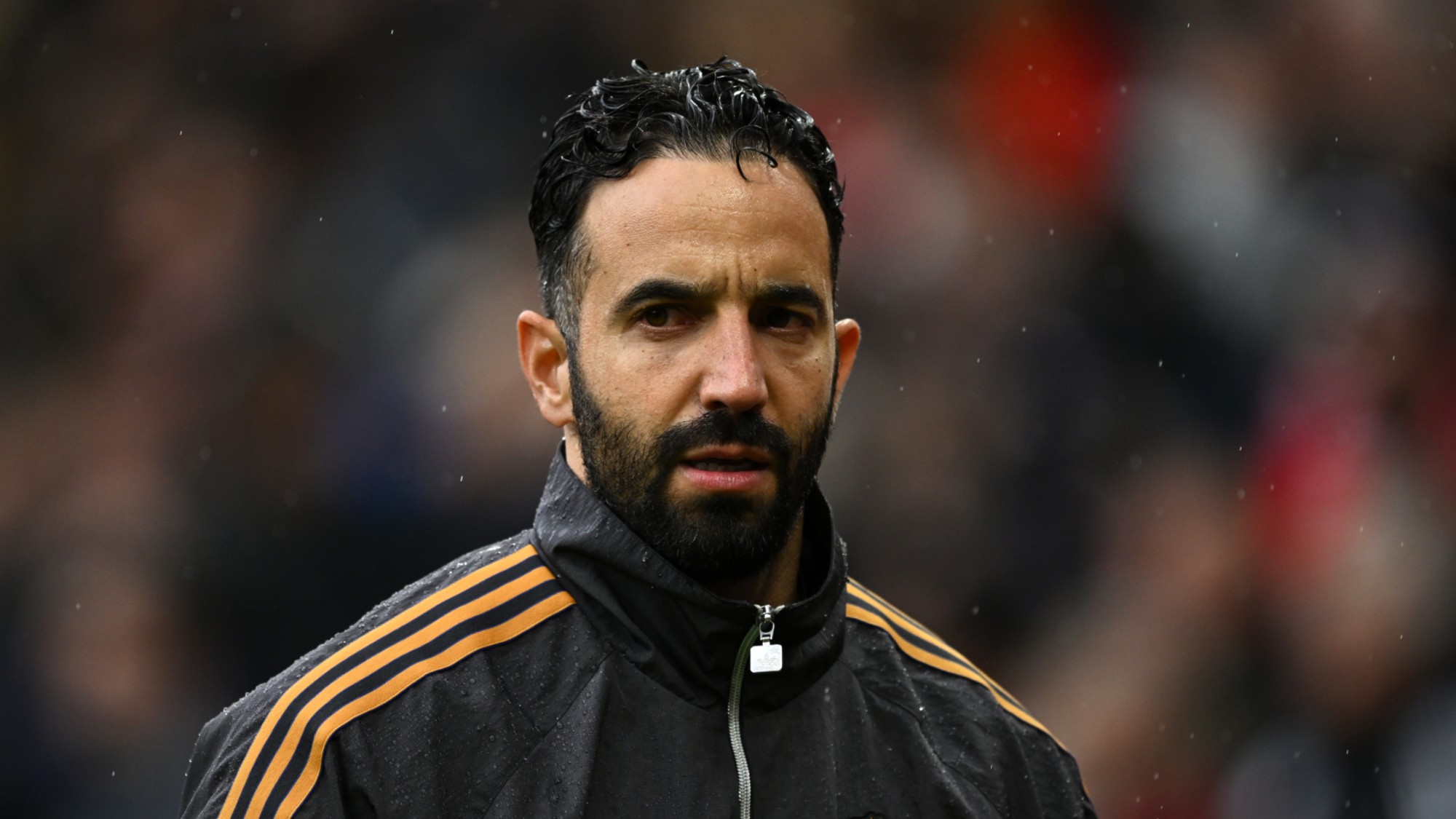 Amorim follows Maresca out of Premier League after ‘awful’ season
Amorim follows Maresca out of Premier League after ‘awful’ seasonIn the Spotlight Manchester United head coach sacked after dismal results and outburst against leadership, echoing comments by Chelsea boss when he quit last week
-
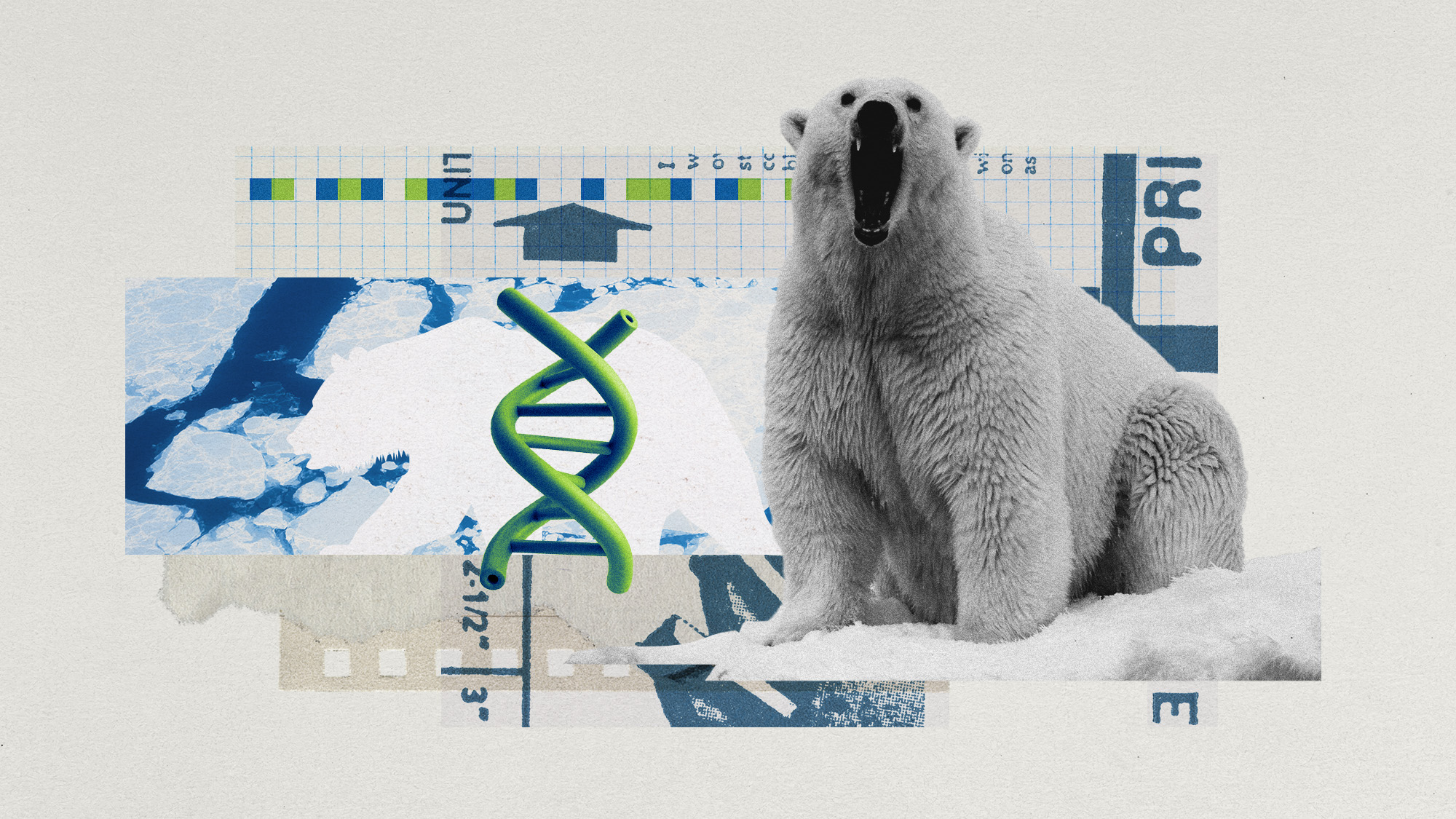 ‘Jumping genes’: how polar bears are rewiring their DNA to survive the warming Arctic
‘Jumping genes’: how polar bears are rewiring their DNA to survive the warming ArcticUnder the radar The species is adapting to warmer temperatures
-
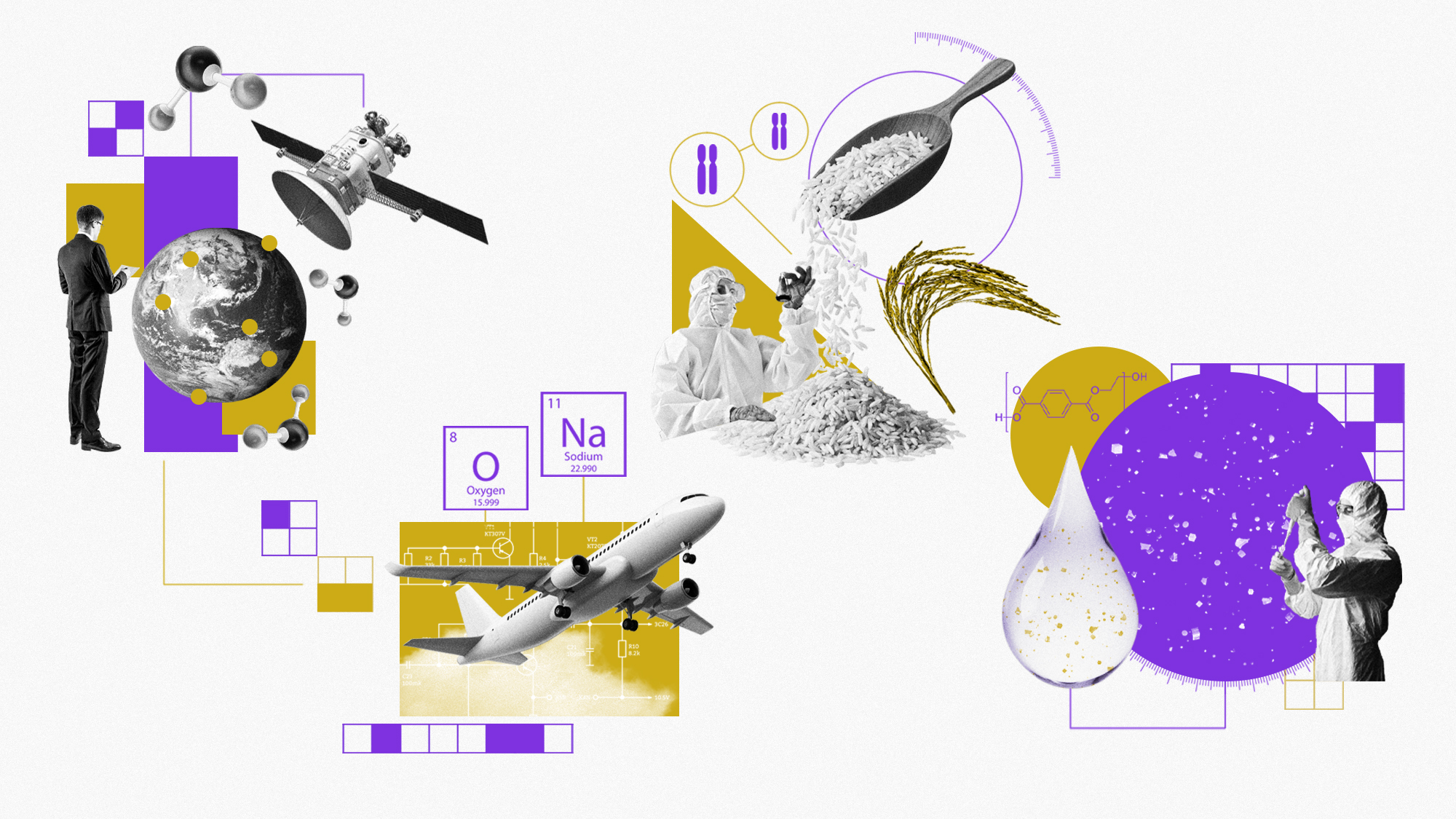 Environment breakthroughs of 2025
Environment breakthroughs of 2025In Depth Progress was made this year on carbon dioxide tracking, food waste upcycling, sodium batteries, microplastic monitoring and green concrete
-
 Crest falling: Mount Rainier and 4 other mountains are losing height
Crest falling: Mount Rainier and 4 other mountains are losing heightUnder the radar Its peak elevation is approximately 20 feet lower than it once was
-
 Death toll from Southeast Asia storms tops 1,000
Death toll from Southeast Asia storms tops 1,000speed read Catastrophic floods and landslides have struck Sri Lanka, Indonesia, Thailand and Malaysia
-
 Can for-profit geoengineering put a pause on climate change?
Can for-profit geoengineering put a pause on climate change?In the Spotlight Stardust Solutions wants to dim the sun. Scientists are worried.
-
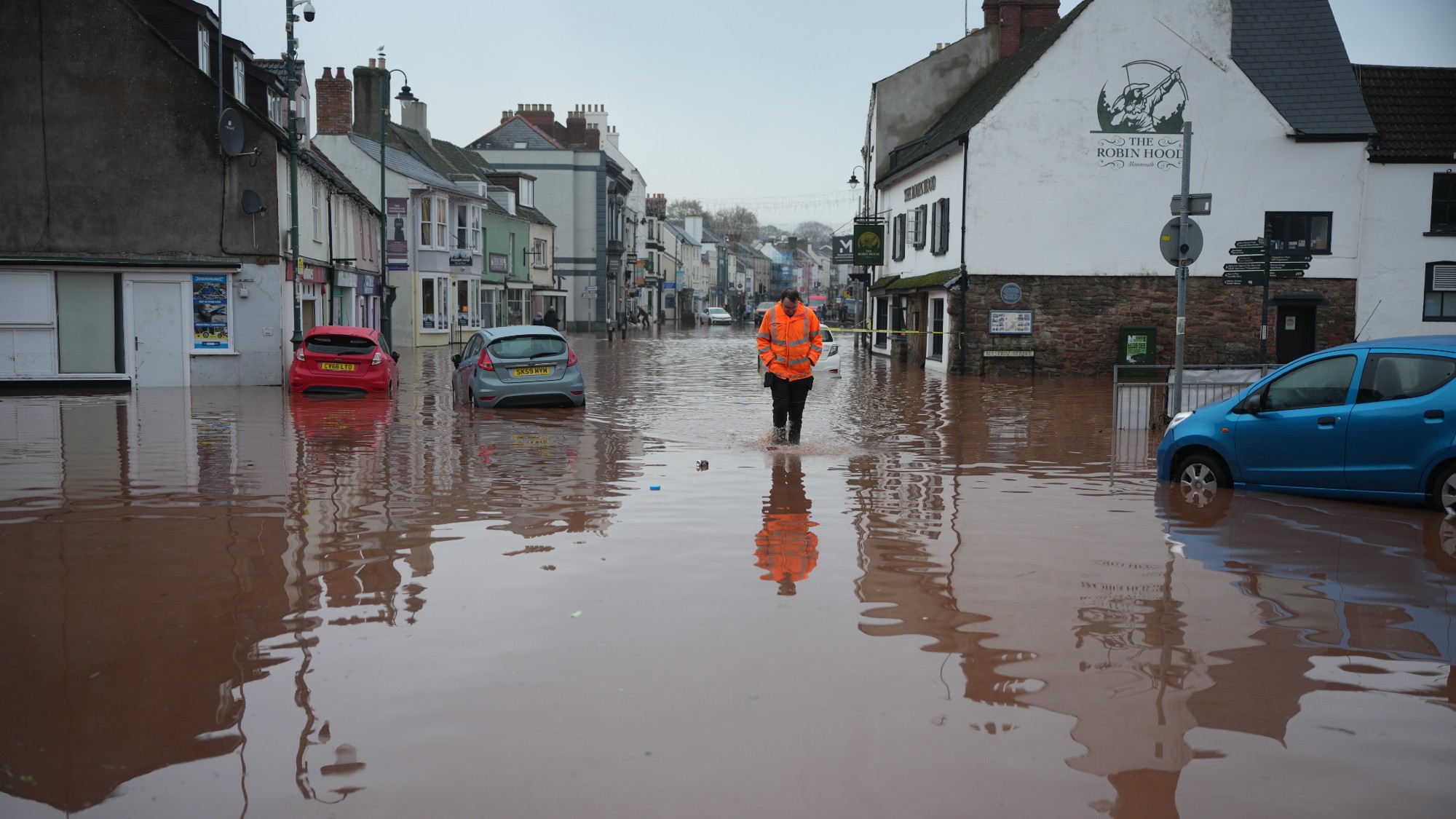 How will climate change affect the UK?
How will climate change affect the UK?The Explainer Met Office projections show the UK getting substantially warmer and wetter – with more extreme weather events
-
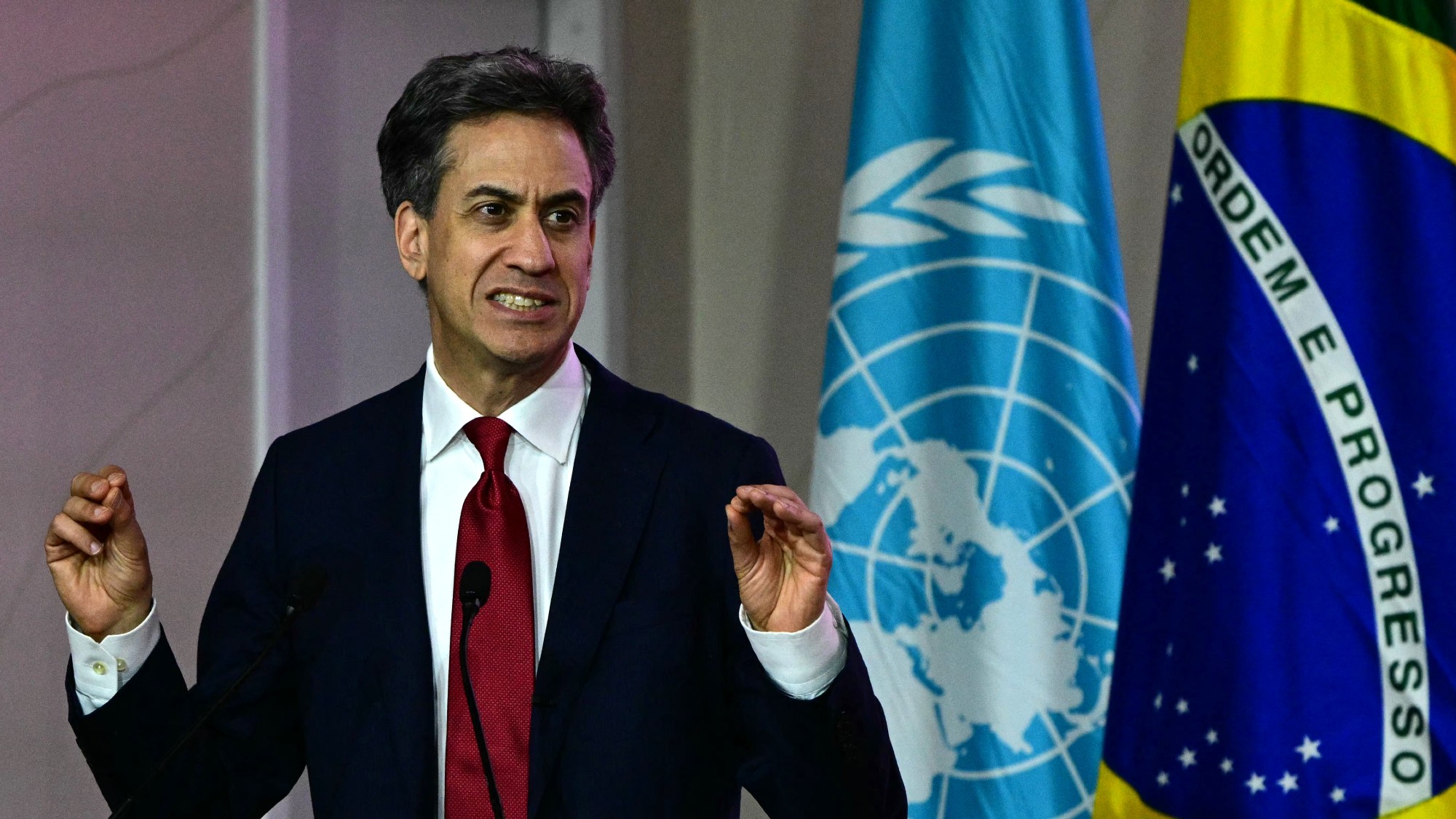 Can the UK do more on climate change?
Can the UK do more on climate change?Today's Big Question Labour has shown leadership in the face of fraying international consensus, but must show the public their green mission is ‘a net benefit, not a net cost’
-
 Did Cop30 fulfil its promise to Indigenous Brazilians?
Did Cop30 fulfil its promise to Indigenous Brazilians?Today’s Big Question Brazilian president approves 10 new protected territories, following ‘unprecedented’ Indigenous presence at conference, both as delegates and protesters